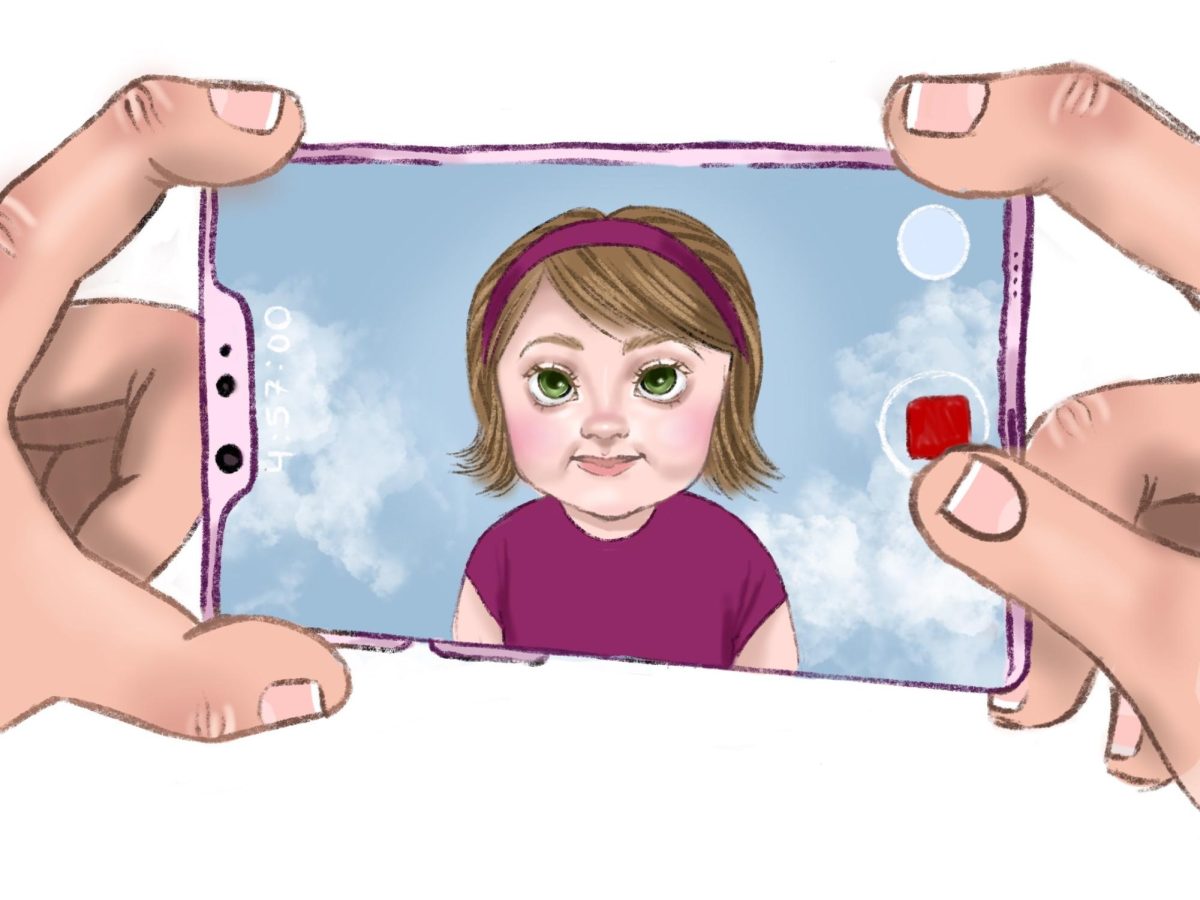Aiming a perfect gunshot right through your friend’s chest. Stealing a car and shooting a cop that’s on your tail. Sneaking up on an enemy and slitting his throat from behind. These may all sound like scenes from a gory movie (or good ways to end up in jail), but they’re simply parts of many teens’ favorite pastime: playing violent video games.
According to a recent Oracle-conducted survey of 209 students, 48 percent play violent video games. South is no exception; according to ign.com, of the 213 million video games sold in the United States in 2012, five of the top 10 most popular games were violent. Video games have always been a fun way to escape from reality, but lately, these violent games haven’t seemed so innocent.
According to huffingtonpost.com, Adam Lanza, the Sandy Hook Elementary killer, and Anders Breivik, the man who killed 69 people in a mass shooting at a sum- mer camp in Norway, in 2011, both frequently played
violent video games before they committed mass mur- der. People want answers when tragedy strikes, and some have blamed the video game industry. So, the question is: do violent video games cause violence in real life?
Unfortunately, there isn’t a clear answer to this ques- tion, but some think that violent games can cause mood changes. Sophomore Sabrina Palmer notices that her younger brother becomes more aggressive after playing violent video games.
“After he plays [Call of Duty], he tends to push around the dog, and he likes to hit me and my sister,” Palmer said. “He is more irritable.”
According to The New York Times, it’s true that vid- eo games can cause short-term aggression. However, while 15 minutes of getting pushed around might be annoying, violent video games aren’t proven to cause anything more.
So maybe the jury is still out on the ability of vio- lent video games to incite mass murder, but there’s still something twisted about trying to kill another human being, even in a virtual world.
According to scienceblogs.com, the military has been reported to use violent video games to desensitize sol- diers so they stay calm in combat. For the gamers that aren’t training for battle, however, I see an issue with becoming so numb to violence.
Junior Christian Wilke doesn’t see an issue with kill-
ing in video games. “Whether you’re killing people or aliens, or [you’re
playing] Tetris, and you’re getting rid of blocks, I think it’s all the same,” Wilke said. “I don’t play to kill, I play to win.”
This is a prime example of desensitization. It is true that the goal of most video games is to kill in some way, but there’s a problem if you’re able to see the brutality of shooting a person until blood spews as equivalent to removing blocks. Think of the message it’s sending – we see killing people as a game.
That message might be taken even more seriously if you’re exposed to violent video games at a young age. According to the same Oracle-conducted survey, 45 per- cent of students who play violent video games started playing before middle school.
There’s a good reason for age requirements on games. According to drphil.com, violent video games teach kids incorrect moral consequences by awarding killing with extra points instead of a jail sentence. Additionally, violent games train children to externalize strong feel- ings through violence, impede social skills and weaken the ability to control anger.
Though there may not be enough solid research at this point to create a direct correlation between these games and real life violence, that doesn’t close the issue. People still need to watch that the line between fantasy and real life doesn’t blur.







